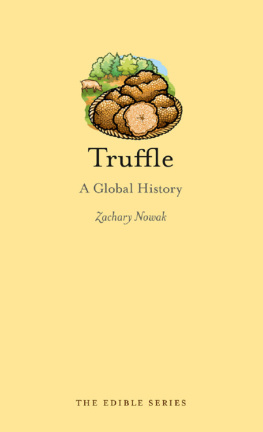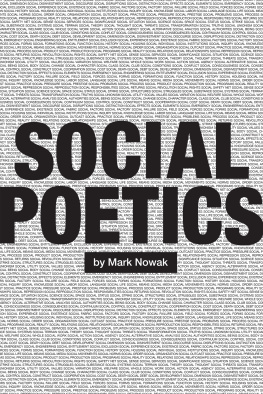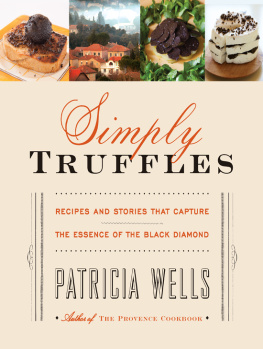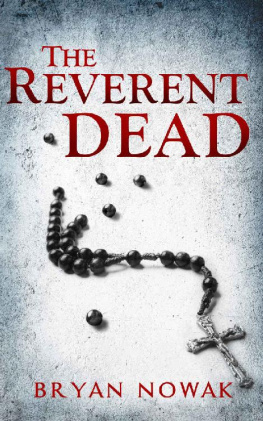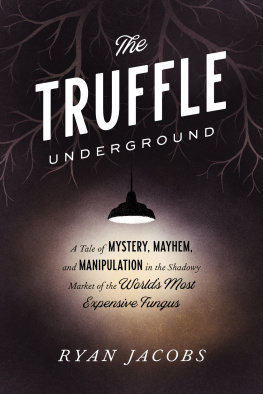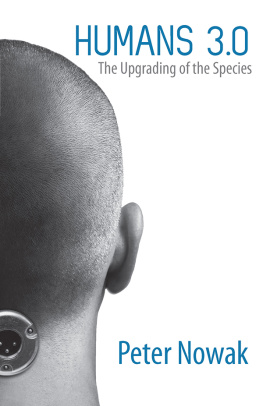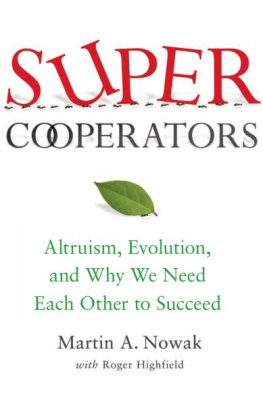
TRUFFLE

Edible
Series Editor: Andrew F. Smith
EDIBLE is a revolutionary series of books dedicated to food and drink that explores the rich history of cuisine. Each book reveals the global history and culture of one type of food or beverage.
Already published
Apple Erika Janik Barbecue Jonathan Deutsch and Megan
J. Elias Beef Lorna Piatti-Farnell Beer Gavin D. Smith
Brandy Becky Sue Epstein Bread William Rubel
Cake Nicola Humble Caviar Nichola Fletcher Champagne
Becky Sue Epstein Cheese Andrew Dalby Chocolate Sarah
Moss and Alexander Badenoch Cocktails Joseph M. Carlin
Curry Colleen Taylor Sen Dates Nawal Nasrallah Dumplings
Barbara Gallani Eggs Diane Toops Figs David C. Sutton
Game Paula Young Lee Gin Lesley Jacobs Solmonson
Hamburger Andrew F. Smith Herbs Gary Allen
Hot Dog Bruce Kraig Ice Cream Laura B. Weiss
Lemon Toby Sonneman Lobster Elisabeth Townsend
Milk Hannah Velten Mushroom Cynthia D. Bertelsen
Nuts Ken Albala Offal Nina Edwards Olive Fabrizia Lanza
Oranges Clarissa Hyman Pancake Ken Albala
Pie Janet Clarkson Pineapple Kaori O Connor
Pizza Carol Helstosky Pork Katharine M. Rogers
Potato Andrew F. Smith Pudding Jeri Quinzio Rice Renee
Marton Rum Richard Foss Salmon Nicolaas Mink Sandwich
Bee Wilson Sauces Maryann Tebben Soup Janet Clarkson
Spices Fred Czarra Sugar Andrew F. Smith Tea Helen Saberi
Tequila Ian Williams Truffle Zachary Nowak Vodka Patricia
Herlihy Whiskey Kevin R. Kosar Wine Marc Millon
Truffle
A Global History
Zachary Nowak
REAKTION BOOKS
For my mentor and friend
Simon Young
Published by Reaktion Books Ltd
33 Great Sutton Street
London EC V DX , UK
www.reaktionbooks.co.uk
First published 2015
Copyright Zachary Nowak 2015
All rights reserved
No part of this publication may be reproduced, stored in a retrieval system, or transmitted, in any form or by any means, electronic, mechanical, photocopying, recording or otherwise, without the prior permission of the publishers
Page references in the Photo Acknowledgements and
Index match the printed edition of this book.
Printed and bound in China
A catalogue record for this book is available from the British Library
e ISBN : 9781780234823
Contents

Introduction: A Shy Fungus, the Jewel of Cuisine

Like a platypus or a Venus flytrap, a truffle seems not to fit neatly into any category, a fact that has led to much confusion through the centuries. The ancient Roman naturalist Pliny, in his encyclopaedia entry on truffles in the first century CE , noted that
among the most wonderful of all things is the fact that something can spring up and live without a root. When there have been showers in autumn and frequent thunderstorms, truffles are produced, thunder contributing more particularly to this development. Now whether this imperfection of the earth for it cannot be said to be anything else grows, or whether it lives or not, are questions which I think cannot be easily explained.
A sixteenth-century German herbalist, Hieronymus Bock, gave a similar and equally erroneous explanation of where truffles came from: Truffles are neither herbs nor roots, nor flowers, nor seeds, but simply superfluous moisture of the earth, of trees, or rotten wood. By the early nineteenth century, truffles were at least better appreciated, if still not fully understood: the famous French gourmand Jean Anthelme Brillat-Savarin called them the jewel of cuisine. The composer Rossini apparently agreed, referring to truffles as the Mozart of mushrooms.

Summer black truffle.
A truffle is a kind of mushroom, which is technically the fruiting body of a spore. Although they do not use photosynthesis to make their own food, most mushrooms are similar to plants, living both above and below ground. They have an outer covering called a peridium and an interior flesh called gleba; these come in many different colours and textures, and those differences are the first method of distinguishing the various species. All truffles are technically the reproductive body or fruiting body that produces spores. These spores are contained in tiny sacs called asci, and can vary quite a lot in appearance (they can be circular or oval, spiked or smooth, and so on). Microscopic examination is the second step in the identification of truffles: close up, truffles that have very similar peridium and gleba might differ greatly in the number of spores in their asci, and in the appearance of the spores themselves.
When carried away by the wind or by animals, these spores produce new mushrooms. While most mushrooms have their fruiting body (the toadstool) above ground, truffles are reclusive mushrooms, hiding theirs (the truffle) underground. In common with some other fungi, truffles make a biological deal with the tree among whose roots they grow. While some mycologists (scientists who study fungi) see the trade as less than amicable, the tree ultimately allows the truffle to wrap small hairs around its roots; think of a kind of loose-knit glove. The tree provides the truffle with sugars and other nutrients through this cellular glove, called a Hartig net. In return the truffle, which forms a huge network of small hairs called hyphae , absorbs water and minerals for the tree to use, greatly expanding the reach of the trees root system. This arrangement allows the truffle to do without the effort of photosynthesis and to hide for most of its life from unwanted attention.
Every organism has to reproduce itself and expand its habitat, however, and many plants rely on animals for help with reproduction. In a deal akin to that between truffles and trees, many flowering plants offer nectar to bees. When the bees crawl into the flower to collect the nectar, they get pollen on their legs, which they carry to the next flower, pollinating it. Some plants go even further, providing a sugary morsel (a fruit) to an animal in return for transporting its seed to another location. The seed, which passes through the animals gut, is deposited far away, packaged in a helpful coating of organic fertilizer.
Truffles, too, rely on animals to reproduce. The strong smell we associate with truffles is their perfume: when their spores are ripe, truffles produce these aromas to attract fungivores. These fungus-eaters dig up the truffle and eat it, depositing the spores several hours later in another spot in the woods. Fungivores include pigs which are no longer much used to find the hidden fungi, despite pop-culture pairings of swine and truffles and dogs, which are easier to train to leave the truffles to the truffle-hunter and eat a doggie treat instead. If dogs are a mans best friend, a truffles best friend is Homo sapiens . Foreign truffles now inhabit continents where they were not found a hundred years ago, and it is humans who have made that possible.
Humans, like other fungivores, are interested in truffles because they smell good. As we will see, truffles went from being just another (albeit odd) mushroom to being a symbol of haute cuisine. Their perfume makes them ideal for transforming a quotidian recipe into a remarkable dish, and their relative scarcity ensures that their price remains high. As the truffles aroma imbues other ingredients with a delicious taste, its exclusivity gives its privileged consumers yet another means of distancing themselves from the crowd.
Next page
